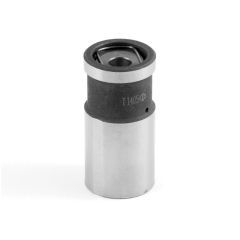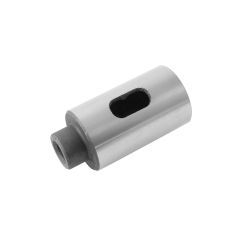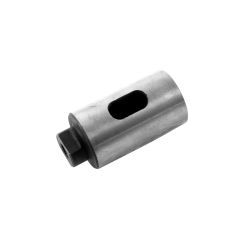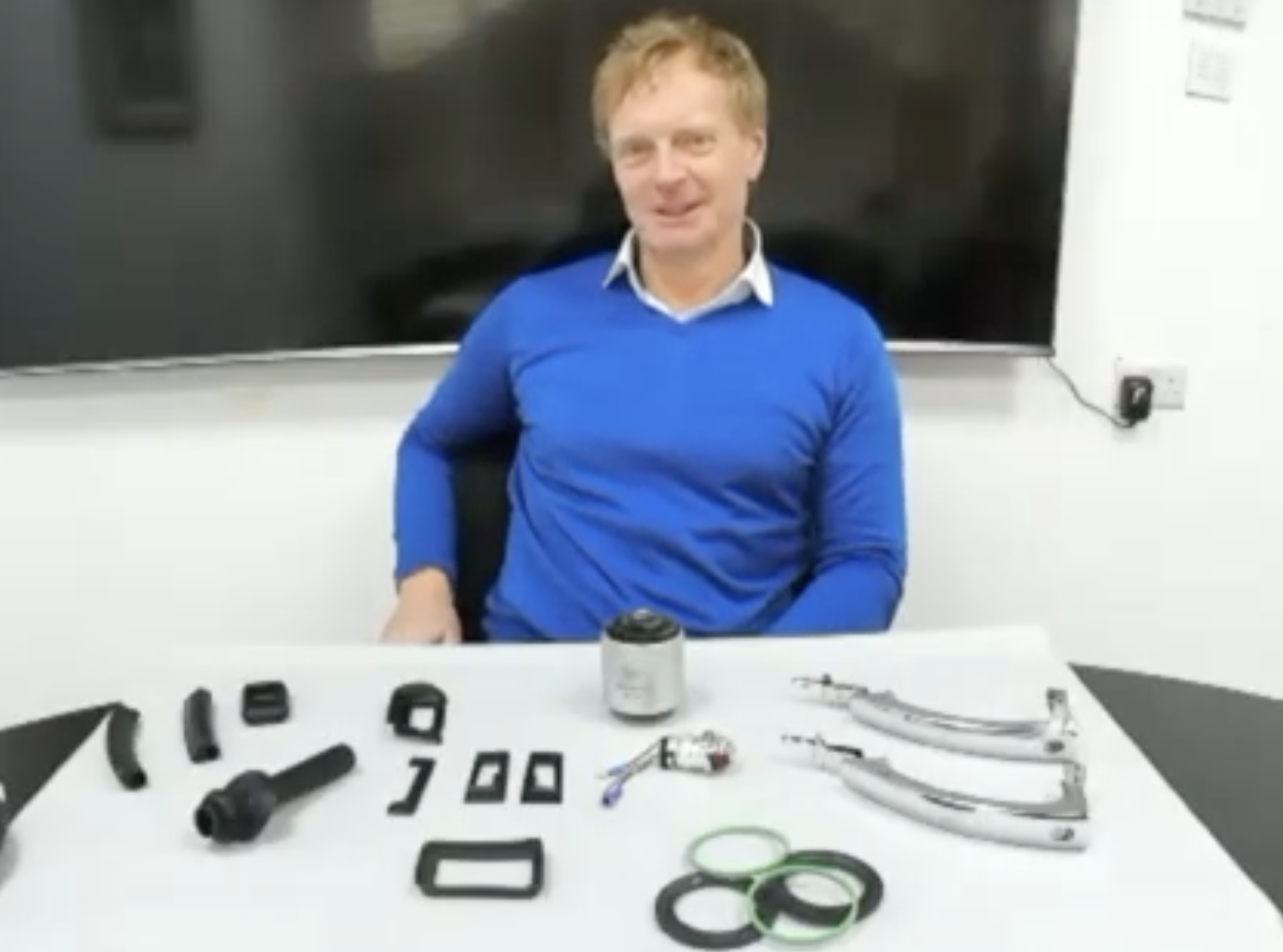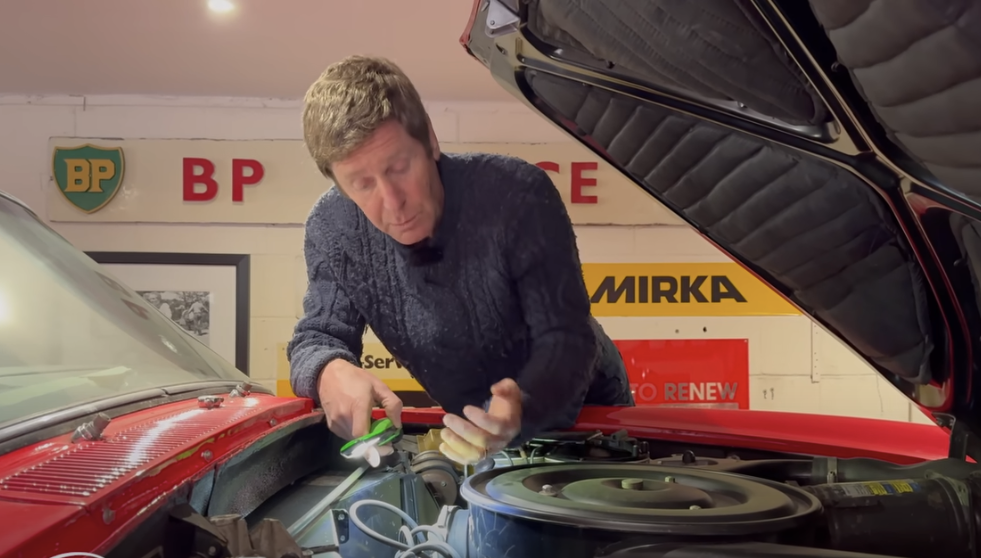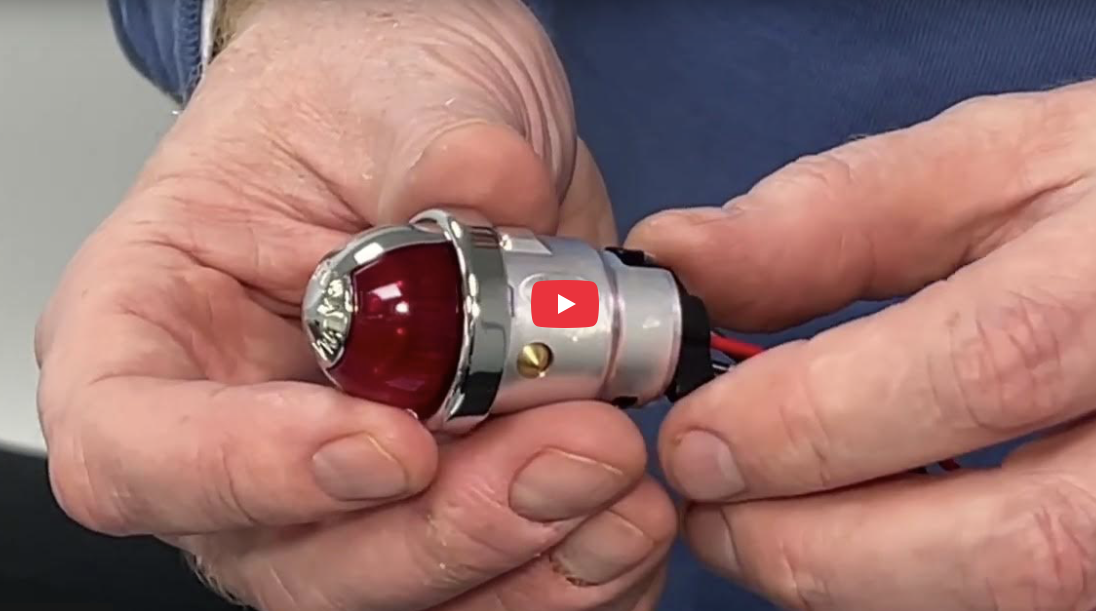 Jul 10, 2018 19:43:00 PM
Jul 10, 2018 19:43:00 PM
More about Tappets for Rolls-Royce & Bentley Six Cylinder and V8 Engines..
Matt explains the difference between 6 cylinder and V8 engine tappets (also known as 'lifters') in the latest Rolls-Royce & Bentley technical video from IntroCar.
For Rolls-Royce & Bentley models from 1946 to 1955:
RE15169: Inlet Tappet
RE15179: Exhaust Tappet
For Rolls-Royce & Bentley models from 1956 to 1965:
UV11163PA: Hydraulic Tappet
"Today we're going to talk about tappets, We've got the hydraulic tappets which are fitted to the V8s from when they were introduced with the Bentley S2. The difference between a hydraulic tappet and a fixed tappet is this; the tappets have to be adjusted on these. The six cylinder engines are a side valve engine so you can see the exhaust tappet has got a thread on the top because there is a bolt that screws into that. It has a lock nut and you adjust the height of the bolt to take up to play with the valve. I think this goes directly onto the valve from the camshaft, so you have camshaft then the follower, then the valve. On the inlet it's got a push rod, which comes up so this is driven by and is pushed up by the camshaft, then you've got a push road that moves the rocker and on the other end of the rocker you have got the adjuster. So when, over time, when you get wear then you get play in the valves and you get a noisy, knocking tappet noise. You can adjust the adjusters in those to take up the play.
With a hydraulic tappet oil is pumped into the tappet and there is a one way valve in there. So it automatically sets the height of the tappet through the oil pressure. It means that the engine is quieter. Our hydraulic tappets are a complete replica of the original Rolls-Royce ones, they are double tested, they are electrically tested at the factory and we also do an old fashion leak down test on each one. For this they basically sit in a pot of paraffin and there is an arm with a heavy weight on the end, you prime the tappet, let it go and time how long it takes for the weight to reach the bottom of its travel. Obviously it has to fit a certain criteria. That's a summary of tappets!"

